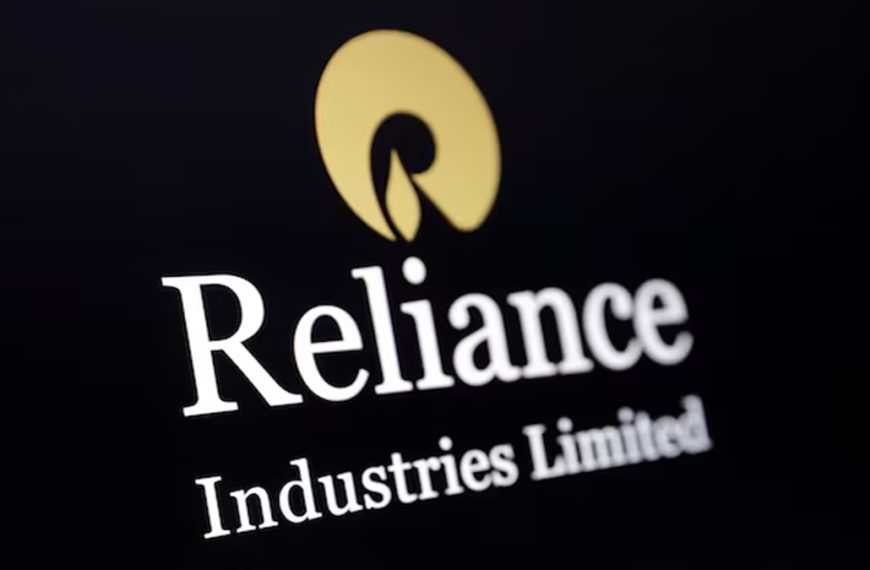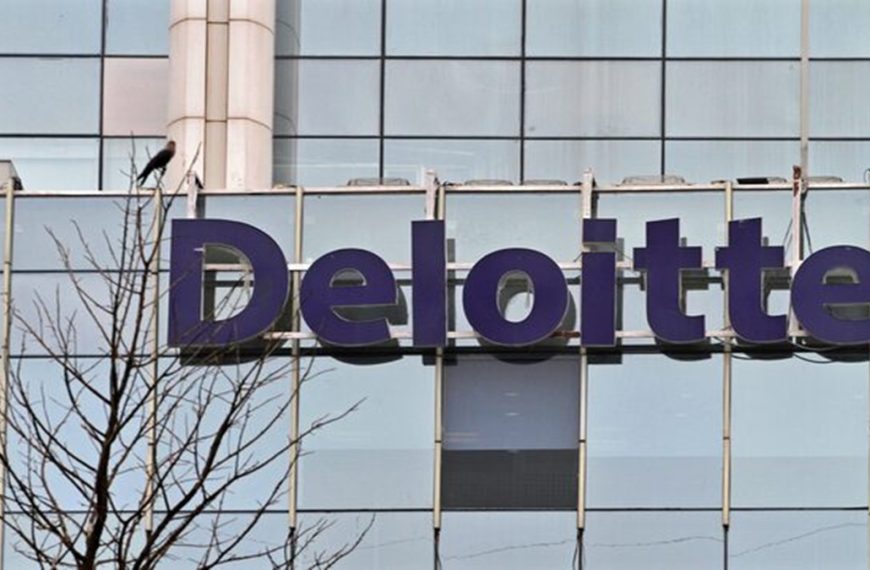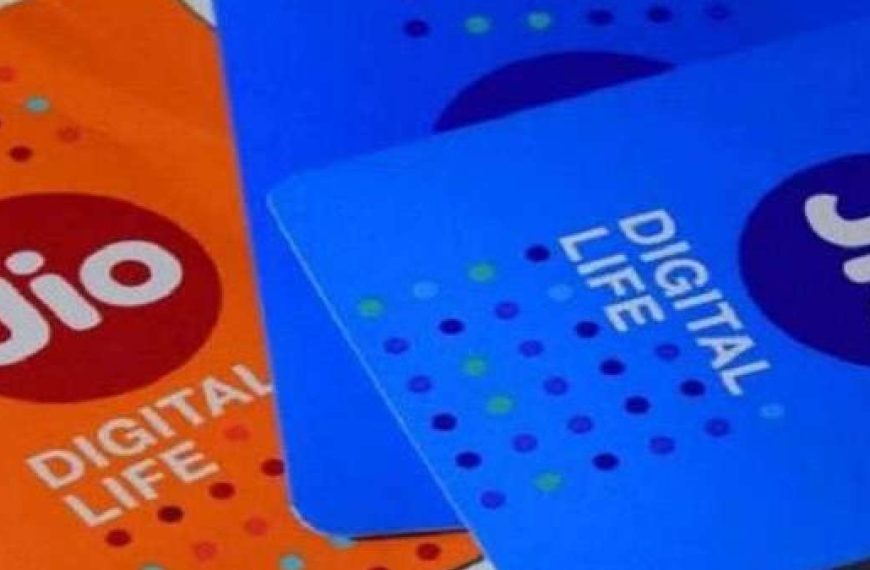Hindustan Unilever (HUL), a leader in the consumer goods sector, is setting its sights on rejuvenating its substantial ₹15,294-crore food division. This segment stands as the company’s second-largest after home care. According to CEO Rohit Jawa, the firm aims to prioritize sales growth over profit margins, signaling a strategic shift in its operational focus.
Strategic Moves in the Food Sector
In a significant development, HUL is preparing to list its ₹1,800-crore ice cream business, a move that the board approved back in January. This demerger aligns with Unilever’s broader strategy and is expected to be finalized by the conclusion of FY26.
- Key Initiatives for Food Business Revitalization:
- Modernization of the Horlicks nutrition portfolio.
- Expansion of Boost into diverse beverage markets.
- Geographic growth of Bru coffee beyond southern India, with a premium twist.
- Broaden the reach of Kissan into a wider array of Indian cuisine offerings, including condiments and mini meals.
HUL’s food segment generates nearly 25% of its projected revenue for FY25, totaling ₹61,469 crore. This division also includes popular brands like Knorr, Hellmann’s, and tea brands such as Brooke Bond and Lipton.
Embracing Emerging Food Trends
Jawa emphasized HUL’s commitment to tapping into evolving food trends within India, aiming to enhance the business’s scale. The plan includes exploring both organic growth and acquisitions to maximize brand potential. HUL will leverage its extensive brand portfolio and R&D expertise based in Bengaluru, while also collaborating with Unilever’s global network, particularly in the Netherlands for food technology innovation.
“The food sector presents a tremendous opportunity in India. It constitutes two-thirds of the consumer spending basket. Consumers are shifting from unbranded to branded products and seeking packaged, convenient, and healthier food options. With our solid brand portfolio and R&D capabilities, we are poised for significant growth in this market,” Jawa commented.
Challenges Ahead for HUL
While HUL’s aspirations in the food sector are ambitious, industry analysts point out that inflationary pressures and the need to find the right price-value mix will be critical areas of focus. Additionally, reaching consumers in smaller towns and cities will be essential as competition increases from both organized and regional brands.
Recent data indicates that in Q4FY25, HUL’s food revenue dipped by 1%, with mid-single-digit volume declines attributed to inflation management strategies. According to Motilal Oswal, tea experienced only low single-digit growth, while coffee saw a robust double-digit increase, even as nutrition drinks faced a downturn.
- Current Market Conditions:
- Overall EBITDA margins for HUL have been squeezed by inflation in commodities like tea, coffee, and palm oil.
- Despite these challenges, many experts predict a positive macro outlook, supported by strong agricultural yields, declining food inflation, and potential tax reliefs that could invigorate both rural and urban consumption.
Competitor Nestlé India has also noted an uptick in volume growth due to improving macroeconomic conditions, though it remains vigilant about commodity price volatility.
In summary, with a strategic focus on growth and innovation, HUL is navigating the complexities of the food market, positioning itself for a potentially bright future amidst challenges.











